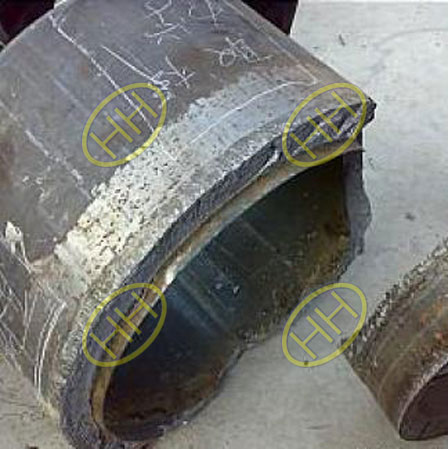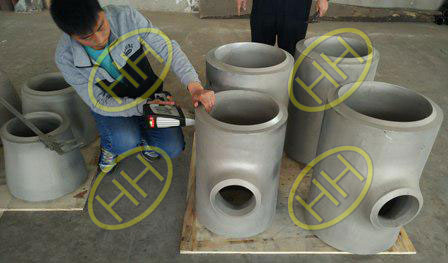How to reduce the risk of intergranular corrosion and test it
The intergranular corrosion(intergranular attack) usually progresses along a narrow path along the grain boundary and, in a severe case of grain-boundary corrosion,entire grains may be dislodged due to complete deterioration of their boundaries.In any case the mechanical properties of the structure will be seriously affected.(The standards and methods for intergranular corrosion test)
Materials with less than 0.05% carbon normally have sufficient resistance against intergranular corrosion after welding.ELC (extra low carbon content) steels, for example, steels with maximum 0.030% carbon, have very good resistance to intergranular corrosion. The same applies to steels stabilized with titanium (Ti) or niobium (Nb), since these types of steel form niobium or titanium carbides instead of chromium carbides, thus avoiding the critical decrease in the chromium content.(Flange products raw material)
Intergranular corrosion testing is the only corrosion test performed as a standardized pre-delivery test.It is carried out as a rule on samples from finished tubes in the as-delivered condition or on material that has been sensitized,for example,heated in the critical temperature range in a furnace or by welding.
In haihao flanges and pipe fittings factory,when we manufacture the stainless steel products,we will arrange the intergranular corrosion testing accordingly to avoid quality problem.(Haihao Group Flange Inspection Device)



